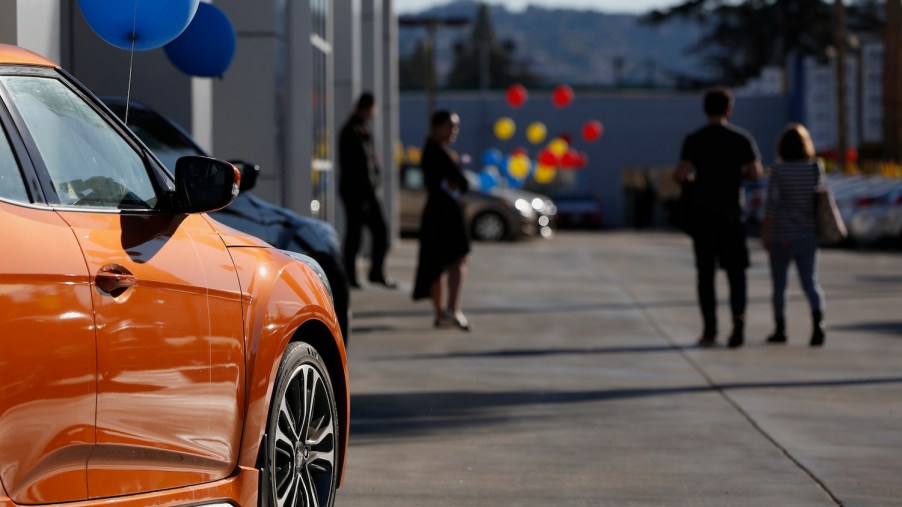
5 Reasons You Should Wait Until 2022 to Buy a New Car
By now, you’ve probably heard that there is a global computer chip shortage that has affected the new car supply at dealers across the nation. Unfortunately, many dealers are in short supply of new cars, which is presenting a huge problem for anyone looking to buy a car and enjoy the sweet new car scent all the way home. That said, it may be wise to wait to buy a new car in 2022.
That being said, if you’re in the market for a new car right now, it might actually be a good idea to wait it out until next year. Ari Janessian – an auto broker for Boston Automotive Consulting – recently released a video detailing why it could be better to wait until 2022 to buy a car. Here are a few of his main points.
1. Inventory is low right now
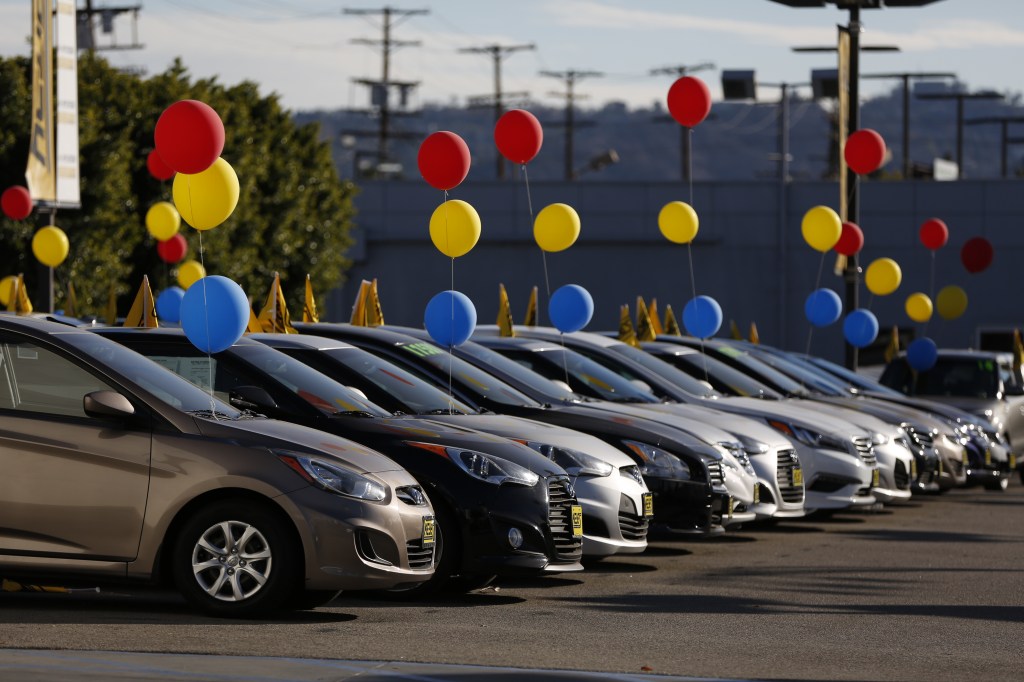
As we said before, the inventory on new cars across the board is lower than usual right now. According to MarketWatch, many Toyota dealers are down to just an 18-day supply of new cars, with the 4Runner being the most popular model in the lineup. There is reportedly only a 9-day supply of those.
General Motors isn’t looking too good either. MarketWatch reports that many of those dealers have fewer than a 25-day supply of SUVs in which to sell, and that’s factoring in the average price of nearly $100,000 for one of them. As we can see, the chip shortage has had a major effect on every automaker, even the ones with some of the largest inventories.
2. Incentives are also in short supply or non-existent
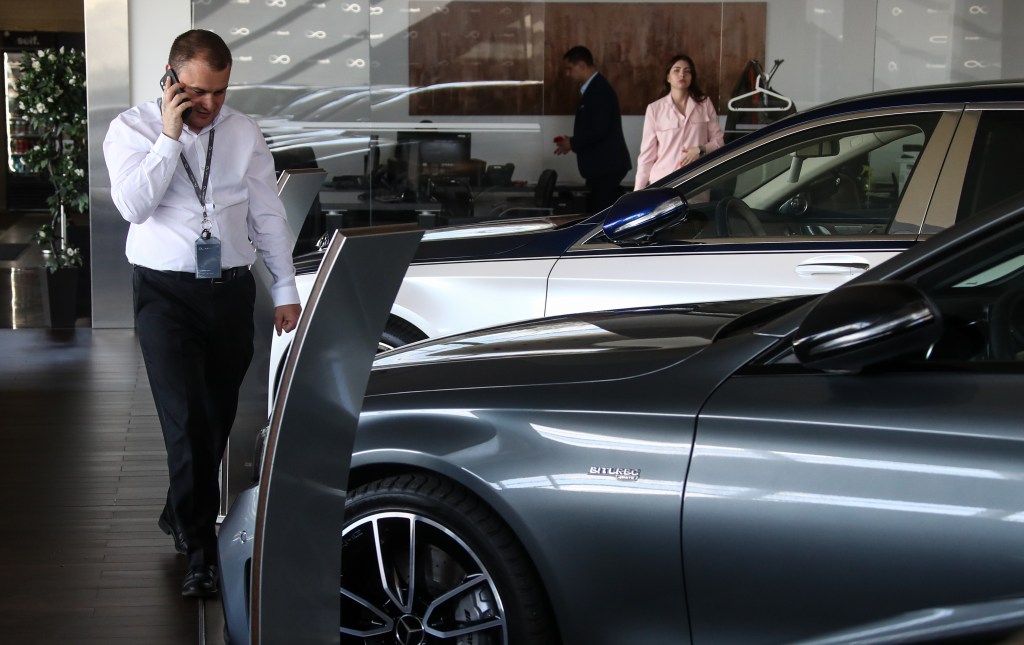
Do you know those discounts that people always ask for when buying a new car? Those are available because the manufacturer offers pricing incentives so that dealers can sell more cars. However, since the chip shortage is holding up the supply chain and dealers don’t have as many cars to sell, there aren’t any incentives to take advantage of either.
CNBC recently reported that the average new car discount is $2,957, which is down from $4,825 in May of 2020. So if you’re thinking about buying a new car now, then you probably won’t get the usual great deal that you normally would.
3. Dealers are charging more than the MSRP
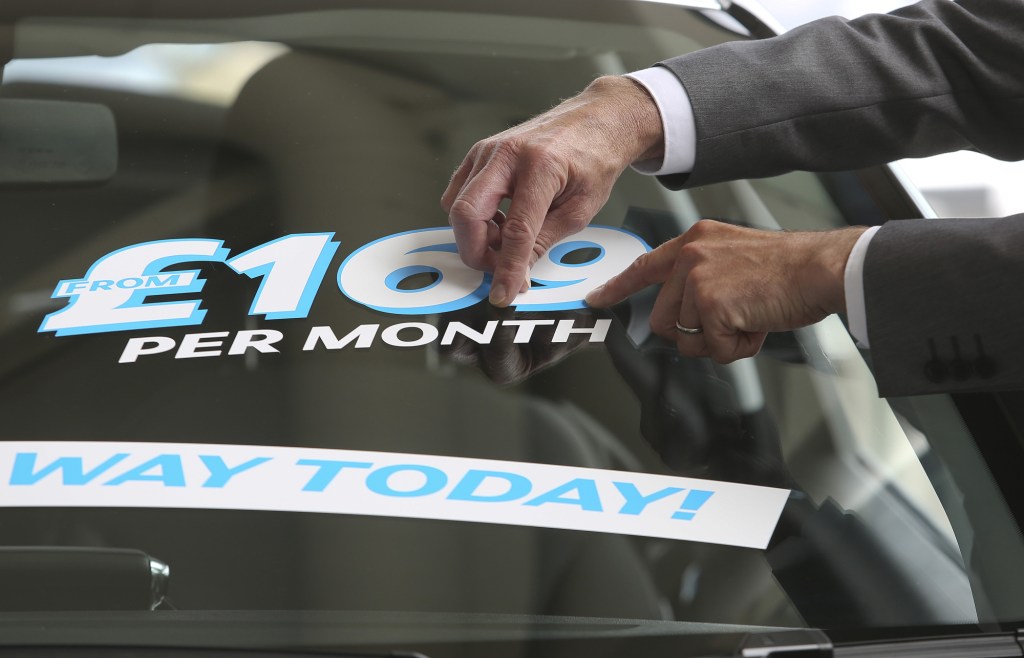
Considering the MSRP for a car is known as the “Manufacturer’s Suggested Retail Price,” emphasis on the “suggested,” dealers are now charging well over it. Torque News reported that many dealers nationwide are charging upwards of $10,000 to $20,000 over the sticker price of most cars. That means you could be paying $60,000 for a Toyota RAV4. You don’t want to do that, so maybe just wait it out.
4. It’s harder to get credit approval for a loan
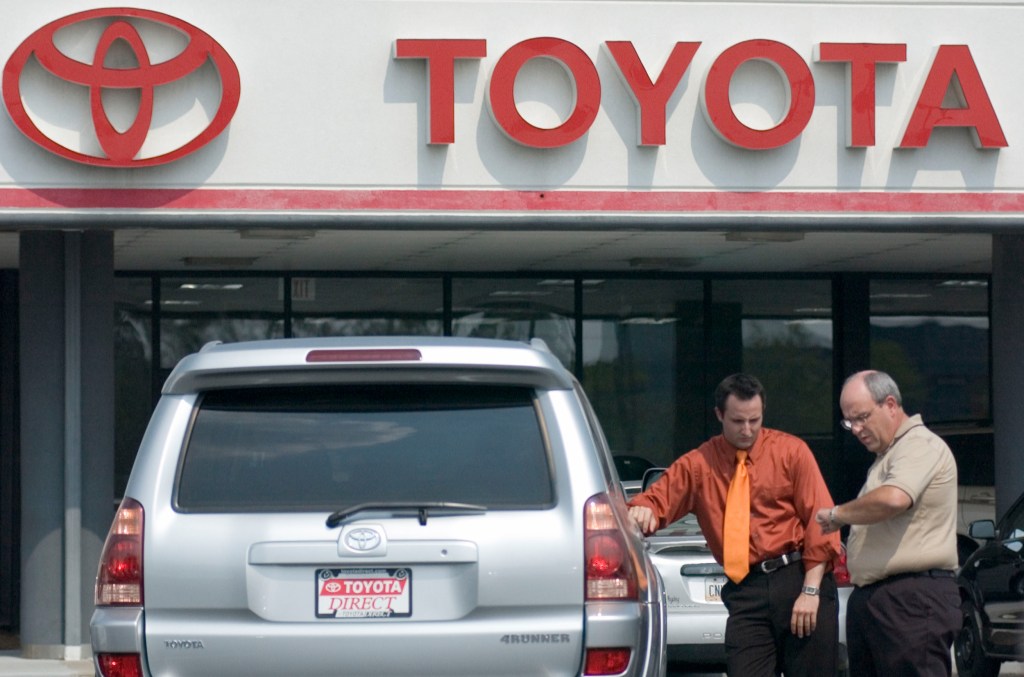
Since dealers are raising the prices of new cars, the banks are valuing those cars at 110% or 120% over their actual retail value. What consumers might not realize is that increase in value means that it’s harder to get a new auto loan with less-than-stellar credit. So if you have less than a 700 credit score or are in a challenging credit situation, it’s likely harder than usual to be approved for a loan.
And if you do get approved for a loan, then Janessian says that there is the possibility that you will have a high interest rate for a car with an inflated value. That sounds like a bad deal all around.
5. Prospective buyers are buying cars that haven’t arrived yet
Lastly, with the decrease in new car supply, the demand for them has gone up. As such, Janessian points out that many buyers are putting in orders for cars that haven’t even arrived at dealer lots yet. This will inevitably make it tougher for anyone else to buy cars without putting an order in for a car they haven’t seen yet. Again, it’s a tough situation to be in, so if you’re looking to get into a new car, you might want to wait until 2022.



